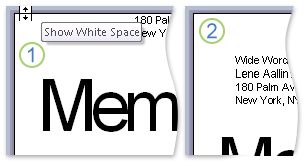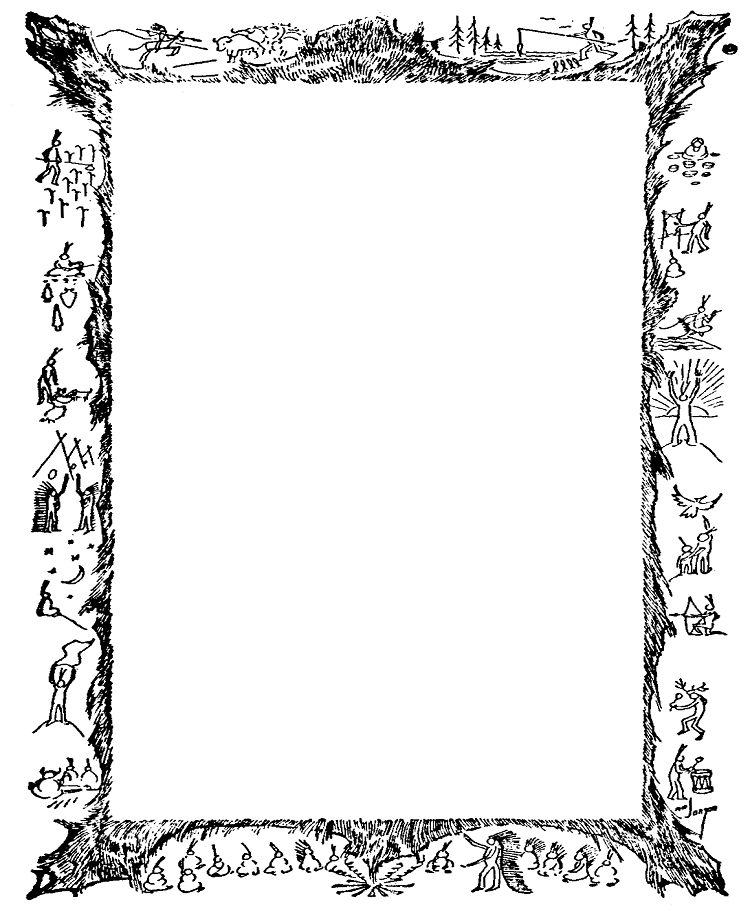

When the report is rendered, the Word page height and width are set by the following RDL properties: paper size height and width, left and right page margins, and the top and bottom page margins. This renderer supports only logical page breaks. You can try to change Word's pagination by adjusting the page margins. Repagination may cause page breaks to be inserted in locations where you did not intend to add them and, in some instances, may cause the exported report to have two successive page breaks in a row or add blank pages. PaginationĪfter the report is opened in Word, Word repaginates the entire report again based on the page size. Report body and page background images and colors are not rendered. Newsletter-style column reports are not rendered in Word. Maps and areas that can be clicked within a chart are not supported. Hyperlinks and drillthrough links on these report items are rendered. Images, charts, data bars, sparklines, maps, indicators, and gauges are each rendered as a static image within a table cell. The text box value is displayed inside the cell. Text boxes and rectangles are each rendered as a cell within the table.

A tablix data region is rendered as a nested table that reflects the structure of the data region in the report. Reports exported to Word appear as a nested table that represents the report body. If you are using Word 2016 for Mac, go to /Users/ username/Library/Group Containers/UBF8T346G9.You can create and modify paginated report definition (.rdl) files in Microsoft Report Builder, Power BI Report Builder, and in Report Designer in SQL Server Data Tools. In the Open dialog box, browse to the folder that contains the Normal.dotm file. If you open Normal.dotm from the Finder, Word will create a new blank document based on the template. To make changes to Normal.dotm, you must open the file from Word. You can customize the Normal template and change default settings for many aspects of a document, such as text formatting, paragraph formatting, document formatting, styles, text, pictures, AutoText entries, and keyboard shortcuts. On the Format menu, click Document, and then click the Layout tab.Ĭhange other default settings in the Normal template For example, the layout attributes for new blank documents are based on the Normal template. On the Format menu, click Document, and then click the Margins tab.Ĭhanging the default layout in any template means that the section breaks, headers and footers, and other layout attributes are used in every new document that is based on that template. For example, the margins for new blank documents are based on the Normal template. Make any changes that you want, and then click Default.Ĭhanging the default margins in any template means that the margin settings are used in every new document that is based on that template. On the Format menu, click Font, and then click the Advanced tab. Open the template or a document based on the template whose default settings you want to change. For example, the character spacing for new blank documents is based on the Normal template. Changing the default font also changes the Normal style, which affects any other style that is built on the Normal style.Ĭhanging the default character spacing in any template means that the settings for scale, spacing, position, kerning, and other typographic features are used in every new document that is based on that template.

Note: Most of the styles in Word are based on the Normal style.


 0 kommentar(er)
0 kommentar(er)
